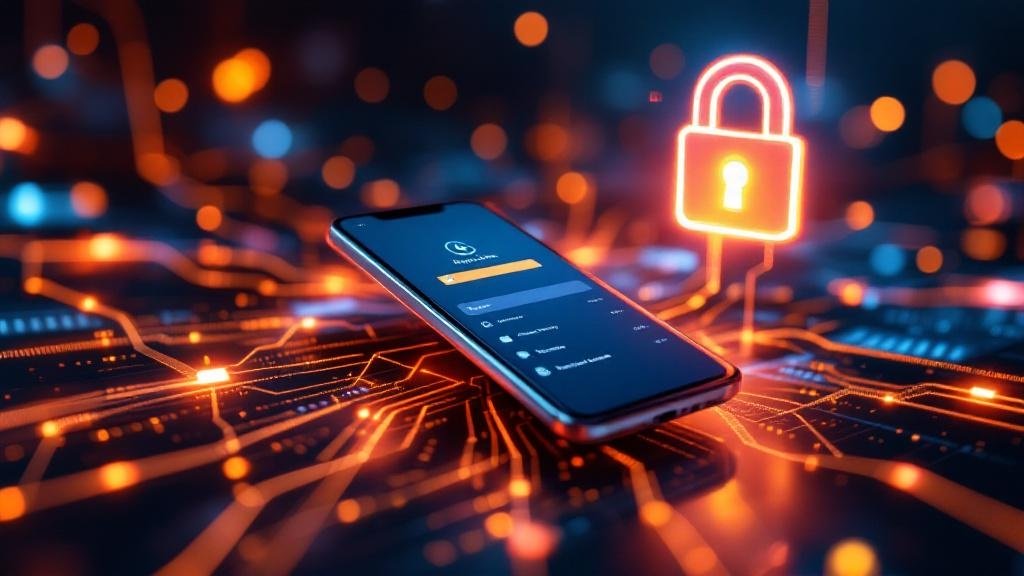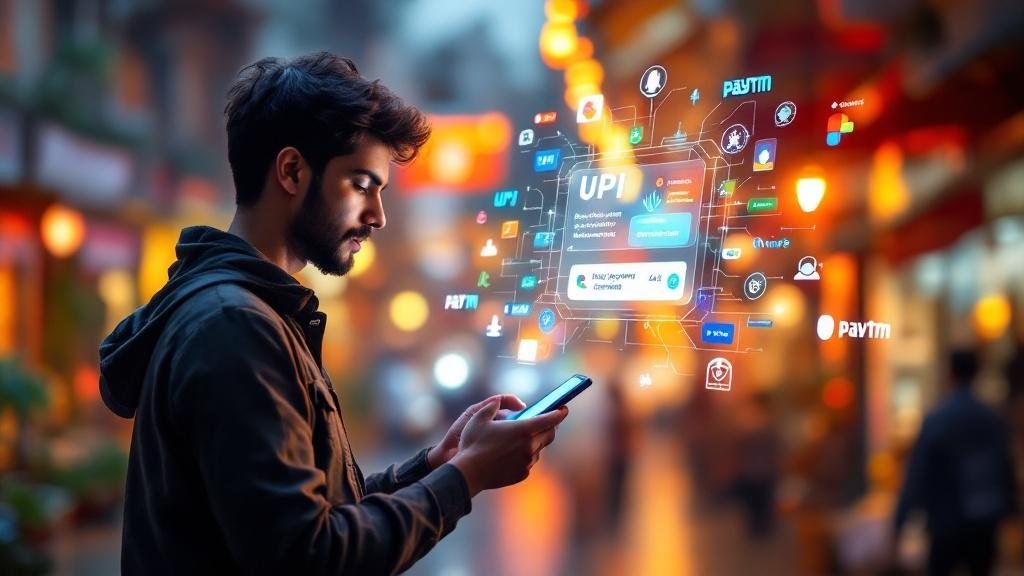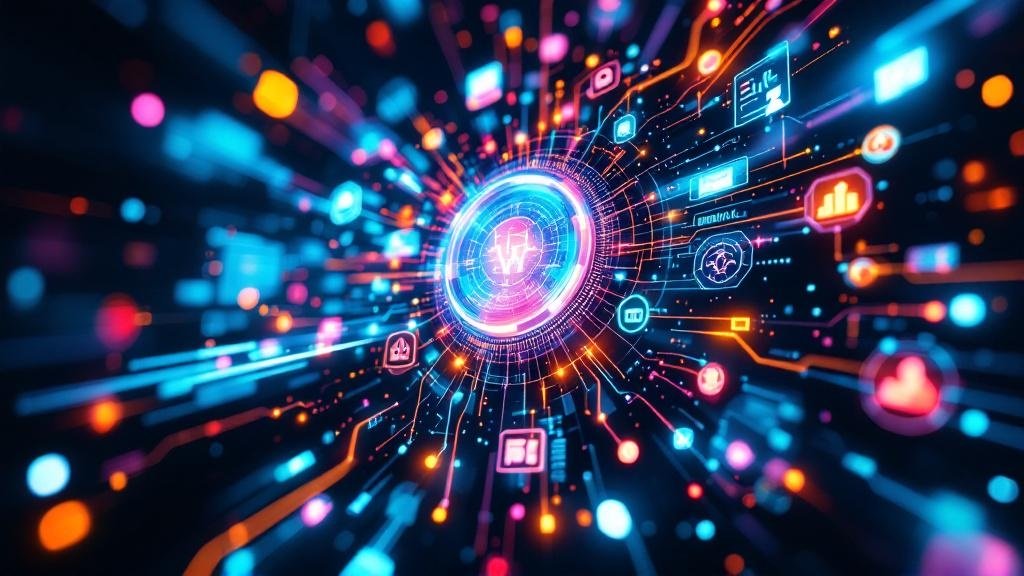Discover the fascinating evolution of UPI in India from 2016 to 2025. Explore key milestones, development phases, and the future of UPI adoption, digital payments, and UPI trends in India.
Introduction
In a rapidly digitizing world, few developments have impacted India as profoundly as the launch of the Unified Payments Interface (UPI). Launched in 2016, UPI has revolutionized digital payments, enabling millions of Indians to make instant transactions through their smartphones. The UPI timeline in India showcases how this simple yet powerful platform evolved to become a dominant force in India’s payment landscape.
In this blog, we’ll walk you through the UPI growth in India, from its early days in 2016 to its anticipated growth in 2025. We’ll highlight the evolution of UPI, its milestones, and future trends that indicate the direction in which UPI is heading. Plus, we’ll discuss how UPI has become central to India’s digital payment ecosystem, and what this means for consumers, businesses, and fintech players.
The Beginnings: 2016 – The Birth of UPI
In 2016, UPI was introduced by the National Payments Corporation of India (NPCI) under the guidance of the Reserve Bank of India (RBI) and the Indian government. It was initially launched as a solution to streamline and simplify digital payments across India, reducing the reliance on cash and traditional banking methods.
-
First Transactions: The first transactions were limited, and adoption was slow as consumers had to first link their bank accounts and download UPI-compatible apps. The key feature was peer-to-peer payments, where individuals could transfer money to each other instantly, using only their mobile phones.
-
Technology Stack: Built on the IMPS (Immediate Payment Service) platform, UPI enabled real-time, 24/7 payments, making it much faster than traditional bank transfer methods. It also introduced features like QR code payments, enhancing accessibility.
UPI Development Phases: 2016–2018
The next two years marked the initial development phases of UPI. These were crucial years for its adoption and set the foundation for UPI’s success story in India.
-
UPI 1.0 Launch:
-
In 2016, UPI launched its first version (UPI 1.0) with features like peer-to-peer payments, the ability to transfer funds using mobile numbers (VPA – Virtual Payment Address), and integration with Aadhaar for identity verification. This made digital payments easier and more accessible for millions.
-
-
UPI 2.0 – A Game Changer:
-
In 2018, UPI 2.0 was introduced, adding significant features like Aadhaar-linked payments, overdraft accounts, and one-time mandate for recurring payments. These upgrades made UPI even more versatile, especially for merchants and businesses.
-
With UPI 2.0, QR code payments became more popular, allowing businesses of all sizes to accept payments digitally, even without a formal point-of-sale system.
-
2019 – 2021: The Explosive Growth of UPI Adoption in India
Between 2019 and 2021, UPI saw explosive growth. More people began to embrace UPI for its simplicity and the ease it brought to everyday transactions. The timeline of UPI growth during this period reflects the rapid increase in transaction volume, usage, and adoption.
-
Increased UPI Milestones in India: UPI achieved several key milestones:
-
By 2019, UPI transactions crossed ₹2 trillion.
-
2020 marked a significant milestone with over 3 billion transactions each month. It was a turning point as UPI became synonymous with digital payments.
-
The number of UPI-linked bank accounts grew significantly as more financial institutions embraced the platform.
-
-
Digital Payments Infrastructure:
-
During this phase, India saw a strong push for interoperability in digital payments. The government, along with the RBI, encouraged financial institutions and fintech companies to embrace UPI for seamless integration across different platforms.
-
QR codes became a widespread payment solution, providing a frictionless experience for consumers and merchants alike.
-
-
Rise of UPI in Everyday Transactions:
-
UPI wasn’t just for peer-to-peer payments anymore. People began using it for a wide range of purposes including bill payments, e-commerce purchases, recharge transactions, and even buying groceries.
-
Aadhaar-linked payments and government schemes, like Direct Benefit Transfers (DBT), further pushed the adoption of UPI among the general population.
-
UPI Milestones and Trends in 2022–2025
By 2022, UPI had firmly cemented its place in India’s financial ecosystem. The number of transactions and the volume of funds transferred through UPI continued to grow at an exponential rate. Let’s break down the UPI milestones India witnessed during this period and beyond:
-
UPI 2.0 and Beyond:
-
The introduction of UPI 2.0 brought features like UPI AutoPay and NFC-based payments, enabling contactless transactions.
-
UPI 3.0, expected in the coming years, is anticipated to introduce features like crypto payments, advanced AI-powered fraud detection, and hyper-personalized payment services.
-
-
Bank-led UPI Model:
-
By 2023, the bank-led UPI model began to dominate. This meant that even smaller banks and regional players could integrate UPI to offer their services, contributing to the inclusion of unbanked populations into the formal financial system.
-
-
UPI Expansion to Global Markets:
-
As of 2024, UPI is expanding to international markets. The UPI payments ecosystem has found its way into countries like Singapore, Bhutan, and Dubai, bringing India’s digital payment revolution to a global stage.
-
UPI Usage Trends in India
The adoption of UPI continues to follow a rapid upward trajectory, and the trends suggest further growth in the coming years.
-
UPI Transaction Volume: By 2025, UPI is projected to handle trillions of rupees in monthly transactions.
-
UPI Adoption in India: As of now, over 250 million people in India use UPI regularly, and this number is expected to grow.
-
Mobile Payments Dominate: With smartphone penetration rising in India, mobile payments via UPI are expected to dominate all other forms of digital payments.
-
Integration with E-Commerce: E-commerce giants like Amazon and Flipkart are increasingly adopting UPI as a payment method.
FAQs About UPI Growth in India
-
What is the timeline of UPI growth in India?
-
UPI began in 2016, with rapid growth through 2018-2021. As of 2023, UPI continues to grow and expand globally, with UPI 3.0 expected to bring even more innovations by 2025.
-
-
How did UPI 2.0 change digital payments?
-
UPI 2.0 brought features like Aadhaar-linked payments, overdraft accounts, and recurring payments, making digital payments even more seamless for both consumers and businesses.
-
-
How does UPI compare to IMPS?
-
UPI is more advanced than IMPS because it supports real-time payments, is interoperable across different banks, and allows for greater flexibility in the peer-to-peer payment system.
-
-
What are the benefits of QR code payments in UPI?
-
QR code payments make it easier for small businesses to accept digital payments without needing a formal POS system. It also ensures faster, safer transactions.
-
-
How has UPI contributed to the growth of fintech in India?
-
UPI has played a key role in the growth of fintech by providing a unified payment platform that makes it easier for fintech companies to develop innovative solutions, thus increasing access to financial services across India.
-
Conclusion
The UPI timeline in India from 2016 to 2025 tells a remarkable story of innovation, accessibility, and growth. With continuous improvements in technology, UPI has transformed from a basic payments platform to a sophisticated financial ecosystem that serves millions of users.
As UPI continues to expand, we can expect even greater integration with global markets, more advanced payment features, and an even greater push towards financial inclusion. The journey of UPI is far from over, and the next few years promise to be even more exciting for both consumers and businesses alike.








Comments (0)